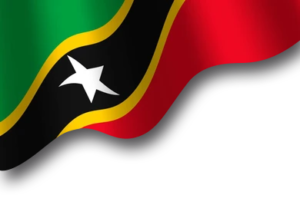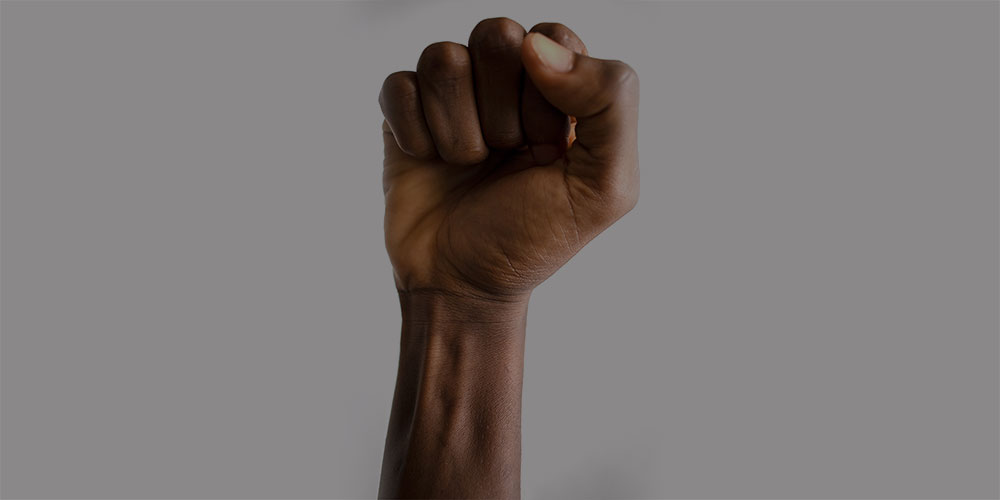In March 1935, a series of riots erupted in the small town of Buckley’s, on the island of St. Kitts, in the British West Indies. These riots, which lasted for several days and resulted in several deaths, were a turning point in Caribbean politics, marking the beginning of a new era of social and political activism in the region.
The roots of the Buckley’s Riots can be traced back to the economic and political conditions of the time. St. Kitts, like many other Caribbean islands, was a British colony, and its economy was largely based on the production of sugar cane. The island’s sugar plantations were owned by wealthy British landowners, who relied on the labor of thousands of indentured servants and later, slaves, brought over from Africa.
The working conditions on the sugar plantations were notoriously brutal, with workers forced to toil in the sweltering heat for long hours and minimal pay. In addition, the British colonial government had imposed a number of oppressive laws and regulations on the island’s population, including restrictions on freedom of speech and assembly.
In the years leading up to the Buckley’s Riots, a growing number of workers and activists had become disillusioned with the status quo. They were inspired by the wave of anti-colonial and anti-racist movements sweeping the world at the time, and began to organize and mobilize for change.
The spark that ignited the riots was a dispute between the workers and the management of the island’s sugar plantations. The workers had been demanding better wages and working conditions for some time, but their demands had been met with indifference and hostility by the plantation owners. Finally, in March 1935, the workers decided to take matters into their own hands.
The first riots broke out in Buckley’s, a small town in the center of the island. The workers, armed with sticks and stones, attacked the local police station and set fire to several buildings. The violence quickly spread to other parts of the island, with thousands of workers taking to the streets in protest.
The colonial authorities responded with brutal force, sending in troops to quell the unrest. The resulting clashes between the protesters and the military led to several deaths and injuries on both sides.
Despite the violence, the Buckley’s Riots were a watershed moment in Caribbean politics. They marked the beginning of a new era of political and social activism, as workers and activists across the region began to organize and mobilize for change. In the years that followed, Caribbean nations began to gain independence from their colonial rulers, and the region became a hotbed of revolutionary and anti-colonial movements.
Today, the legacy of the Buckley’s Riots lives on, as a symbol of the struggle for justice and equality in the Caribbean and beyond. The events of March 1935 remind us that even in the face of overwhelming oppression and injustice, ordinary people have the power to come together and fight for a better world.

